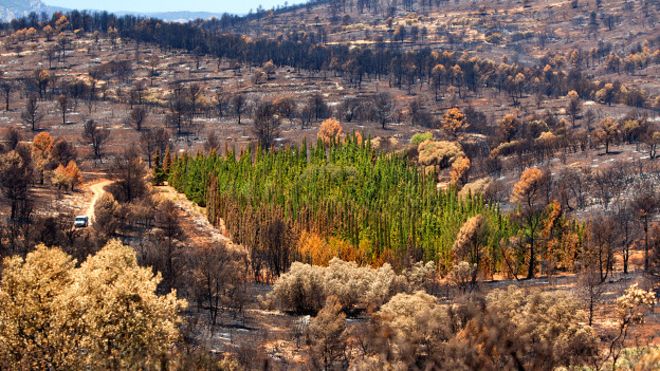Since August 2010, there is a place for recording studies no longer reliable. The blog retractionwatch.com created the first database of retractions, with nearly 18,000 retractions so far, stretching back decades. There are well over a thousand retractions each year and this database inform about scientific misconducts.
Retractionwatch is doing deeper dives, prompting to file public records requests for reports of misconduct investigations and other materials (and their co-founders to urge universities to do a better job with them). In the past year, retractionwatch has collaborated together with journalism organizations, to bring readers stories that go deep and reach larger audiences than retractionwatch can on the blog. There are their established partnerships with STAT and Science, where they continue to break news and help readers make sense of developments.
Some of the most impressive stories related to retractions and academic misconduct include:
- Stephanie Lee’s work for BuzzFeed about Brian Wansink
- Colleen Flaherty’s work for Inside Higher Ed, such as about a prominent researcher’s decision to resign from a journal following allegations of overuse of self-citation
- Jodi S. Cohen’s reporting about Illinois psychiatrist Mani Pavuluri (a story we started pursuing in 2015)– including her need to return $3 million in federal funding over misconduct, and her decision to enroll her own sons in her research.
Can you share yours in the comments below?
This non-profit organization have received some foundation support from MacArthur Foundation, the Helmsley Trust, and the Arnold Foundation. The founders, Ivan Oransky and Adam Marcus, are not taking salaries from the organization. One can contribute with a tax-deductible donation to The Center For Scientific Integrity or contribution, follow them on Twitter, like them on Facebook, add them to your RSS reader, sign up for an email or subscribe to daily digest. If you find a retraction that’s not in their database, you can let them know here. For comments or feedback: team@retractionwatch.com.


